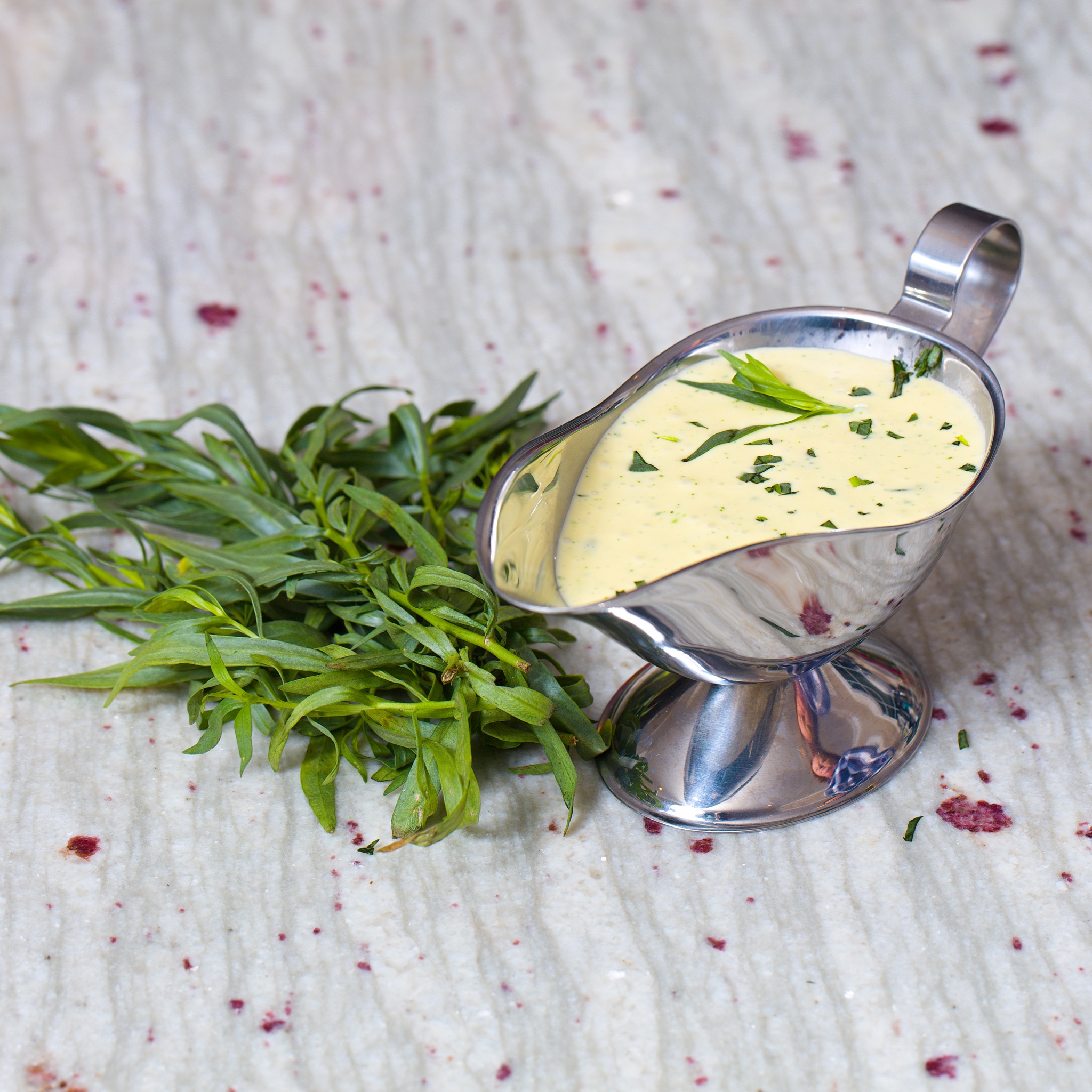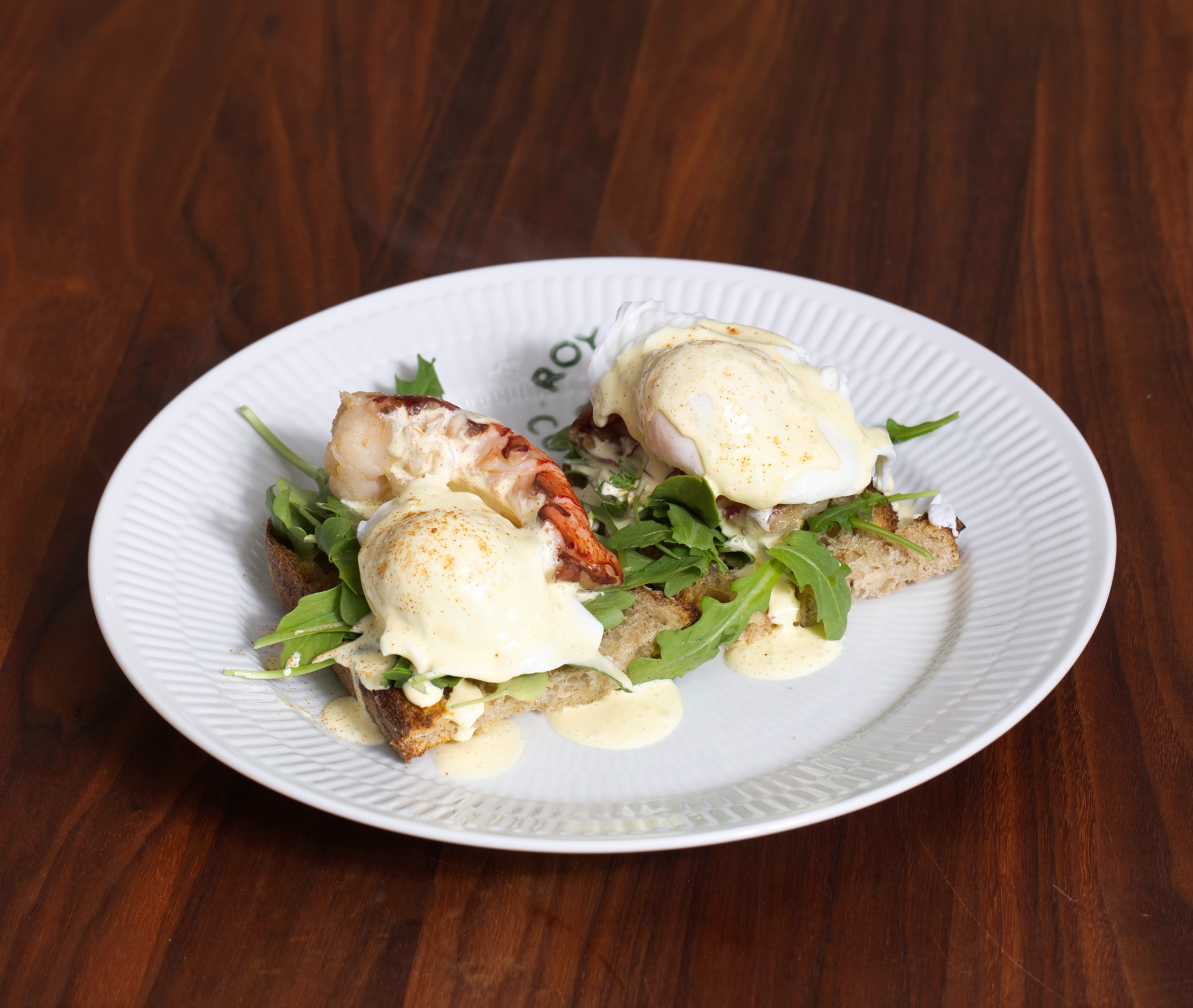Béarnaise Sauce - Sous Vide
Bearnaise is one of the most famous sauces ever. And basically it is just butter, butter and a little egg yolk and acidity. But it's mostly butter. Normally bearnaise made from scratch is kinda nerve wracking. You want a warm sauce, but you do not want it to separate, which it has a tendency to do. Another thing, you want to be able to serve the sauce along side your perfectly cooked and still hot steak. So it tends to always be a stressful endeavor to get everything ready at once. This recipe, will help you tremendously. By sous vide'ing the sauce components, you can cook up your steak and sides, at the same time. So just before you slice and serve the steak, you quickly blend the sauce and season it, and everything will hit the dinner table at once.
Disclaimer: This sauce is made with raw eggs. I recommend using pasteurized eggs. This would minimize the risk of getting Salmonella food poisoning. You can find pasteurized eggs in some supermarkets here in California, on safeeggs.com you can see where to find them in your neighborhood. In Denmark you'll find it right next to regular eggs. For tips and information on how to handle eggs, check out FDA’s website. The Danish version of FDA, Fødevarestyrelsen also has advisory on eggs.
Serves 6-8 normal people or 4 Danes 😉.
Ingredients:
Reduction:
1 bunch fresh tarragon, save some leaves for finishing the sauce
4 small or 2 medium shallots, minced
½ cup (1 dl) white wine vinegar
½ cup (1 dl) dry white wine
6 whole black peppers (for the reduction)
Sauce:
3 egg yolks
300 g butter
3-4 tablespoons reduction
Salt and pepper to taste
tarragon leaves, finely chopped
Directions:
Reduction:
In a small saucepan, combine sprigs of the tarragon, shallots, vinegar pepper and wine over medium-high heat. Bring to a simmer and cook until reduced by half. Remove from heat, strain the liquid and set it aside to cool. You can make larger amounts and freeze it in smaller portions in an ice cube tray.
Sauce:
Preheat water bath for 131℉ (55℃). (You can go as high as 140℉ (60℃) if you want to, keeping in mind not to exceed 149℉ (65℃) where the eggs coagulate.
Place reduction, butter and egg yolks in a heat resistant plastic bag, do not seal.
Place the bag in the water bath for 30 minutes.
Pour the heated mixture into a blender, and blend until you have a thick sauce. I use a immersion blender. Season with salt, pepper and tarragon, and serve immediately.
Enjoy!

